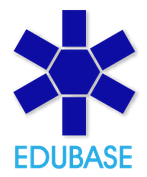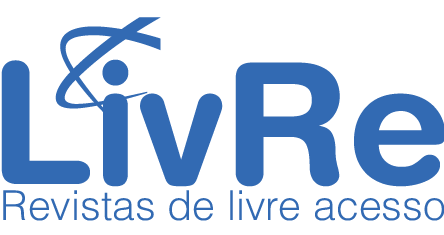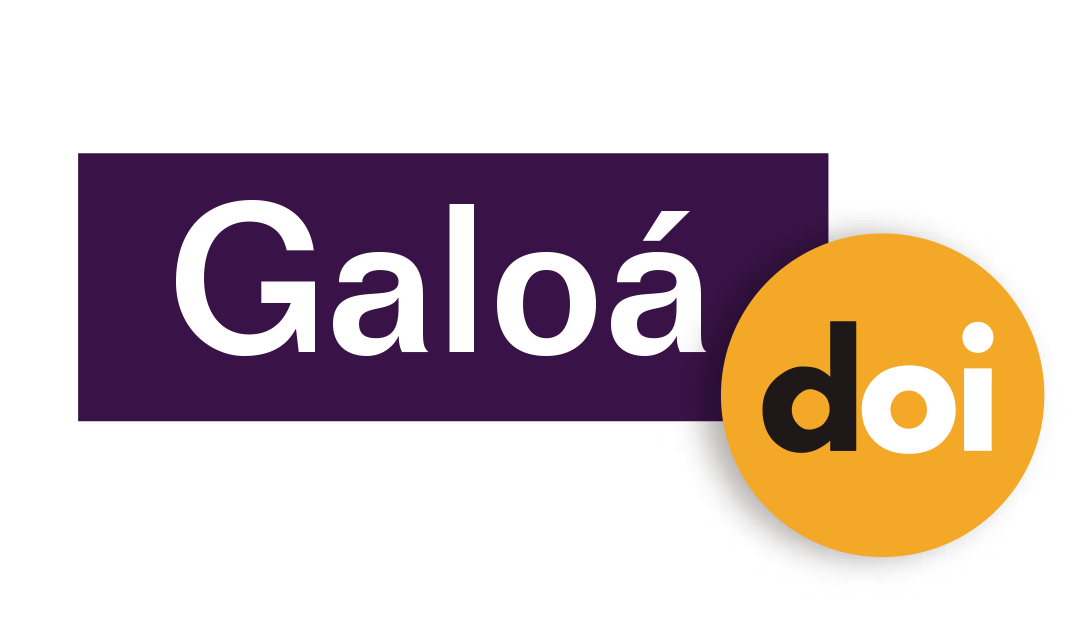Review of Educational Research in Astronomy in Early Childhood and Primary Education from 2009 to 2019
Resumo
Background: In recent decades, a wide variety of aspects related to astronomical phenomena have been investigated. However, astronomy research in school has not been a very active field compared to other topics. In addition, a great part of that research involves high school or university students. Few studies address the early schooling stages. Objective: Our goal is to make a narrative and bibliometric review of the articles published in relevant scientific journals from 2009 to 2019 on astronomy teaching in early childhood (0–6 years) and primary education (6–12 years), using the Big Ideas in astronomy as a conceptual framework (Lelliott & Rollnick, 2010). The purposes are to characterise these studies, investigate how research on astronomy education has fostered our understanding of its learning, and analyse which methodologies and theoretical frameworks are the most frequent in them. Design: A systematic narrative and bibliometric literature review is carried out with the help of specific software (Bibliometrix and VOSwiever). Setting and participants: To locate the articles to be analysed, we used the ERIC - Education Resources Information Center resource database. We also selected research works in English centred on the educational stages of early childhood and/or primary education whose focus is one or more of the Big Ideas. They must have been published between 2009 and 2019 in journals dedicated to the didactics of experimental sciences and indexed in JCR (2019). Data collection and analysis: The data is collected systematically using a descriptive coding instrument. A bibliometric analysis is carried out, providing basic information on the analysed articles, relevant journals, trend by year of publications on the subject, publications by country and international collaboration, number of citations of the articles, and coauthorship networks, publications by year and genre, identification of the most addressed concepts through word clouds and networks of key concepts combined with cluster analysis. Likewise, we analyse issues such as the most frequent conceptual frameworks, the educational levels corresponding to the articles, and the most studied Big Ideas. Results: There is little research in international journals on astronomy teaching in the educational stages analysed, and there are practically no articles focused on early childhood education. The journal that has published the most on the subject is by far the International Journal of Science Education, and most of the studies are from the USA and published by women. The author with the most significant impact worldwide is Julia D. Plummer. The most frequent conceptual frameworks are those of conceptions and mental models. The cluster analysis of the keywords has made it possible to identify four thematic fields: mental models and conceptual change, teachers’ and students’ conceptions of astronomy, science and school, and other relevant aspects of astronomy teaching. The Big Ideas studied the most are the Earth–Sun–Moon system (combined or not with the stars) and day and night. Conclusions: The research with the highest global impact in recent years on the teaching of astronomy in early childhood and primary education has been analysed, describing its characteristics and centres of interest, demonstrating that this issue does not receive much attention in the literature.
Palavras-chave
Revision; Astronomy teaching; Bibliometric study; Big Ideas; Early childhood and primary education.
DOI: https://doi.org/10.17648/acta.scientiae.6814
Apontamentos
- Não há apontamentos.
Direitos autorais 2023 María Sonia Blanco-Chamborro, Mercedes Varela-Losada, María Lorenzo-Rial, Uxío Pérez-Rodríguez

Esta obra está licenciada sob uma licença Creative Commons Atribuição 4.0 Internacional.
ANÚNCIOS
Informamos que, a partir de outubro de 2025, devido ao grande número de artigos na fila de submissão, está suspenso o aceite de submissões. Rebriremos em fevereiro de 2026.
Mais, informamos que sites fraudulentos, https://periodicos-ulbrabr.org e https://periodicos-ulbrabra.org, estiveram se passando pela Acta Scientiae, utilizando nosso nome e identidade visual e até solicitado taxas de APC, que nós não cobramos. Aconselhamos cautela para evitar serem enganados por sites semelhantes.
Conceito A2 na Capes(2021)
Índice h5 do Google Scholar: 13
Índice mediana h5 do Google Scholar:24
eISSN: 2178-7727
Indexações:
A Acta Scientiae é indexada em: | Scopus |  | Latindex |  | Edubase (SBU/UNICAMP) |
 | Sumarios.org |  | Google Scholar |  | Portal LivRe (CNEM) |
 | Journals for Free |  | REDIB |  | Galoá DOI |

Todos os trabalhos publicados aqui estão sob uma licença Creative Commons - Atribuição 4.0 Internacional.
